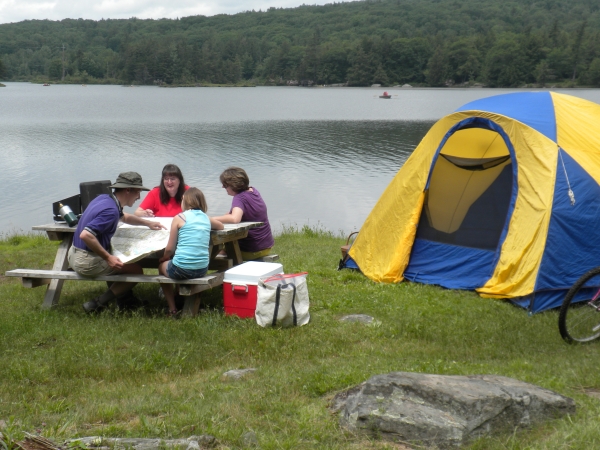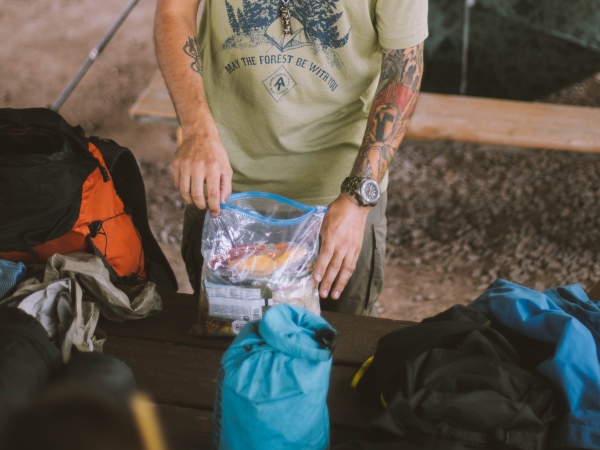Camping in the Catskills
Whether you're into glamping comforts or backcountry basics, your perfect Catskills campsite awaits.
Leave No Trace
The Catskill Park is a popular destination for environmentalists, outdoor enthusiasts, weekend warriors, and families looking to reconnect their children with nature. A mountainous region dotted with pristine lakes, free-flowing rivers and streams, and countless stunning waterfalls, the Catskill Region offers a wide variety of all-season outdoor recreation options, including hiking, paddling, climbing, mountain biking, fishing, skiing, snowmobiling, and camping.
A unique combination of public and private lands, the region includes 287,500 acres designated as The Catskills Forest Preserve. This land is often referred to as “forever wild,” meaning the land cannot be sold or altered. It can, however, be used for sustainable outdoor recreation. These protected lands are a haven for wildlife, delicate plant species, and many other organisms that fail to thrive in the company of humans. In order to keep these precious lands intact for generations to come, follow these seven Leave No Trace principles when recreating outdoors.

Planning ahead can help you safely enjoy your trip in the Great Northern Catskills. Be sure to plan ahead and prepare so you can: know rules and regulations at the area you're visiting, prepare to extreme weather, hazard and emergencies, and schedule your trek to avoid times of high use. Planning ahead can help you and others avoid unexpected situations so you can accomplish your hiking/camping trips successfully.
There are hundreds of miles of designated trails dispersed throughout the Catskills, and many designated backcountry campsites. These trails and campsites are designed specifically to minimize erosion, plant disturbance, and other impacts on the environment. By sticking to these trails and campsites, you’ll help preserve the land surrounding them. On wet trails, walk directly through mud instead of around it. Avoiding mud leads to more erosion and trail widening.

The trail is no place for your trash, so remember to carry out what you carry in. Whenever you head into the great outdoors, bring an empty baggie for your own trash and any misplaced garbage you find along the trail. For human waste, try to use provided privies whenever possible. When there are none, walk 150 feet from any trail or water body, dig a hole four inches deep, and then cover the hole when you’re done.
It’s tempting to take souvenirs from your incredible experience in the outdoors, but please leave nature where it belongs – in nature! While pocketing a small stone or picking a pretty flower may seem harmless, consider if everyone did that. Soon, we’d be all out of pebbles and flowers!
Campfires are deeply entrenched in the traditions of the outdoors, and we wouldn’t have it any other way! However, fire can be very destructive if it gets out of control. To minimize impacts, only light campfires in designated fireplaces or fire rings, and keep flames small. Beware of flying sparks, and keep water on hand to douse any stray embers. Last but not least, burn dead and downed wood instead of cutting down living trees.
Wildlife sightings are one of the greatest perks of exploring the outdoors. However, critters of the woods and waters are not as excited to see you. Give wildlife plenty of space, and remain quiet. Never approach or feed animals. Should an animal approach you, back away or continue down the trail away from them.
The Catskill Park is for everyone to enjoy! Be respectful of fellow adventurers by minimizing your noise pollution, cleaning up after yourself, sharing views and trails, and being polite in all interactions.